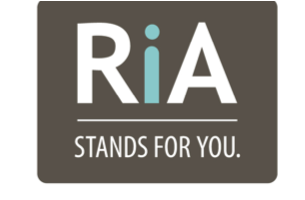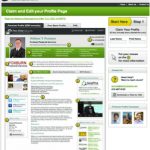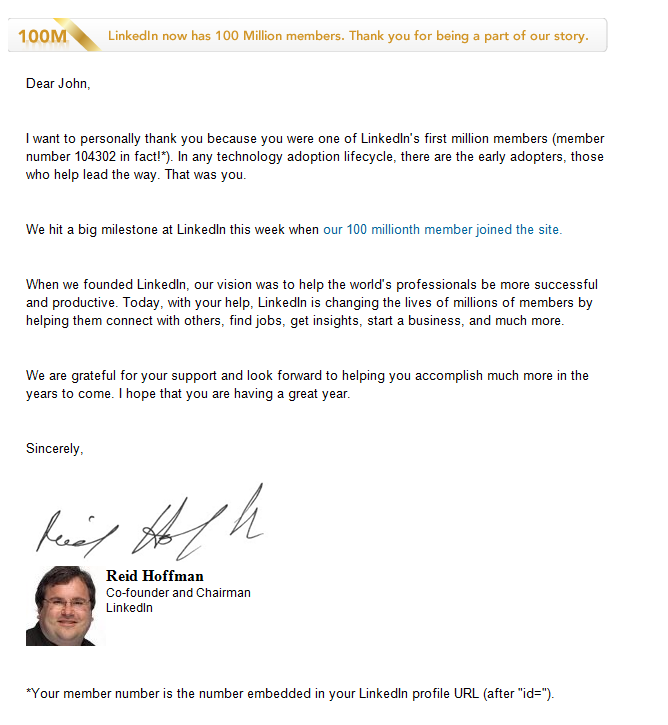In a recent post in Bank Investment Consultant, Margarida Correia points out that financial advisors face threats from direct providers like Charles Schwab and Fidelity – the very firms that are in many cases are providing the underlying services for the RIA.

Image from Reuters.com
Yet the article also points out a positive:
“It’s not all gloom and doom for advisors, though. Despite the inroads direct account providers have made, financial advisors still offer more robust services and can differentiate themselves by offering more personalized advice, including detailed financial planning, according to Cerulli.
“Advisors can differentiate themselves by creating a personal brand,” said Wolf. They can create a “client niche,” something that would set them apart from what the “bigger, broader firms are offering,” Wolf said.”
More Evidence of Ineffective Marketing
In an earlier survey by ByAllAccounts, Inc., the majority of financial advisors report low effectiveness of their marketing efforts, despite placing a high value on marketing.
It is clear that advisors are by and large not focusing their efforts on the most efficient marketing strategies. A large number of survey respondents still depend strongly on word of mouth and referrals for new business, and very few have dedicated marketing staff. Further, while most do advisors incorporate their websites into their marketing strategy, they also reported finding their website marketing strategy to be neutral or ineffective.
Some Strategies to Consider
Advisors should improve their websites first. In our presentations with Advisor Groups, we always point out how “all roads lead back to the website” . Make sure your website is designed solidly, well branded, and brings more dynamic content. There are also a number of related tools and strategies that advisors can take advantage of to improve marketing effectiveness, even if working with a limited budget.
- Google Analytics, a free data analysis tool, monitors website traffic and enables users to visualize and analyze the effectiveness of their website marketing strategy. This will highlight areas where improvement is necessary and will allow advisors to take the next steps in improving their marketing strategy.
- Soon, the Revenizer will launch giving a range of pre-built, easy to use scorecards. Sign up now and you will get in the loop for a free free service! We recommend this tool because too many people are not taking the time to look at the analytics and this tool makes it easy. (Revenue Architects is an investor in Revenizer)
- Advisors have also largely neglected to take advantage of search engine optimization and marketing automation software, both of which are strategies that can have a significant impact on client acquisition. Optimizing the firm’s website in order to be found by search engines will attract more traffic to the website and in turn new business to the firm.
- Off page strategies – like PR and Social Media presence adds more inbound links to your site.
- Newsletters and email campaigns are well known as a great way to stay in touch – and the technologies for this (like Mailchimp and Constant Contact among others) are improving dramatically.
- For advisors with more serious ambition to lead in marketing effectiveness, we recommend and help manage more robust marketing automation software solutions to drive greater impact and deliver more control.
Take a more systematic approach to marketing. Here are five steps:
- Define your target markets / niches carefully. Build personas around each segment
- Build your target universe of existing and potential clients (combining opt-in and acquisition strategies)
- Deploy a Revenue System – processes and technologies for email, social media, website, content, lead nurturing and development, CRM
- Run creative, tailored content-driven campaigns for each target segment
- Nurture clients with technology to help self-filter the wrong clients and encourage the right clients to your firm.
Revenue Architects helps financial advisors develop these strategies as well as select and operate the marketing technology systems that will work best for their firm based on ambition for AUM, target market and available resources. Reach us at revenuearchitects.com.




